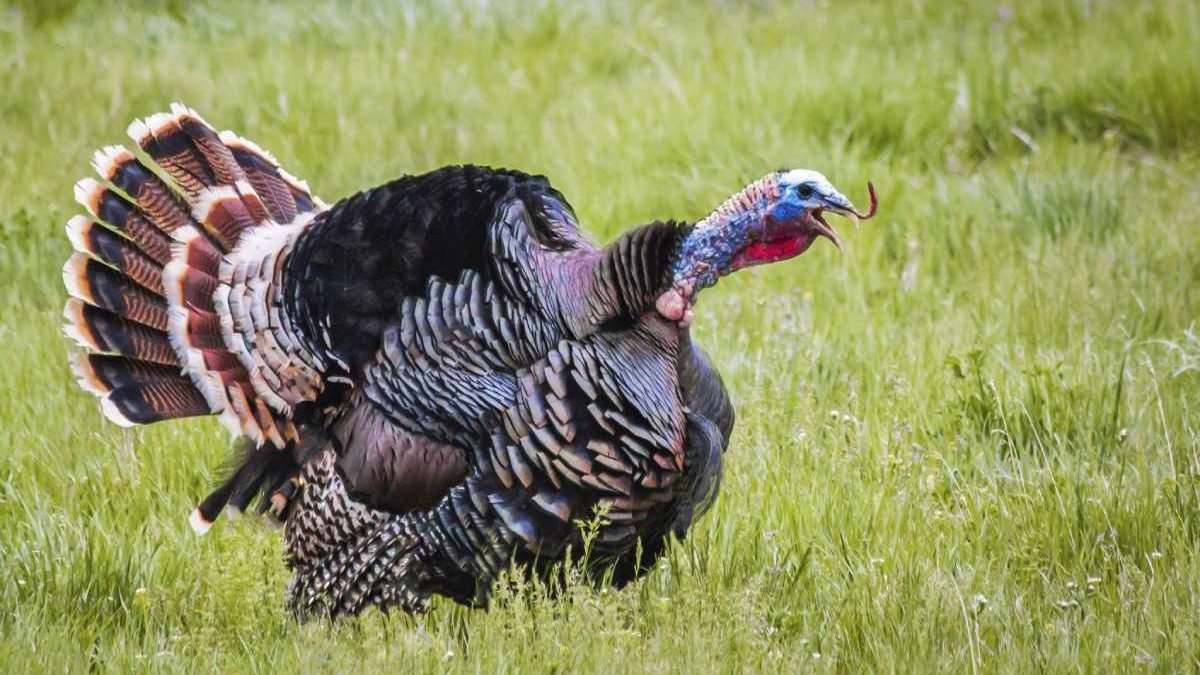Spring turkey hunting is an exhilarating experience. The thrill of the hunt, the anticipation of the perfect shot, and the reward of a delicious meal are just a few reasons the activity is so popular. However, like any other hunting expedition, hunting turkeys in the spring requires the right gear and preparation. We’ll give you the rundown on some essential items and tips for a successful hunt.
Table of Contents
Essential Gear
Tactical Flashlights
Tactical flashlights are a great addition to your turkey hunting gear. They provide a bright and focused beam of light, making navigating through dim and pitch-black woods easier. The best tactical flashlights are rugged and durable, with a long battery life and multiple brightness settings. Choose a water- and shock-resistant flashlight that withstands all weather conditions.
Camouflage Clothing
Camouflage clothing is one of the first and most essential items on any turkey hunter’s list. Turkeys have excellent eyesight and can spot you from a distance, making it challenging to get within range for a shot. For the best chance of success, blend in with your surroundings. Choose a camouflage pattern that matches your hunting environment, such as mossy oak.
Turkey Decoys
Using a decoy is an effective way to lure a turkey. These come in various styles and designs, but the most popular is the full-body tom decoy. This style mimics a strutting tom turkey and can attract other toms. Using a decoy requires careful placement and positioning to convince the turkey it’s real. Strategically position the decoy within your shooting range and ensure it’s visible from multiple directions.
Calls
Calls are an essential tool for every turkey hunter. Different calls include box, slate, and diaphragm calls. Each has a unique sound; practicing using them is essential to create realistic turkey sounds. Some hunters prefer using box calls, while others opt for diaphragm calls. Whatever your preference, ensure you have multiple calls for different situations.
Binoculars
Binoculars are useful for scanning for turkeys and other wildlife, making them a must-have item. Choose a pair with a magnification of 8x or 10x for clear and detailed images. A good pair of binoculars also makes spotting turkeys in their natural habitat and observing their behavior easier.
Tips for a Successful Hunt
Now that you have the essential gear for turkey hunting, it’s time to put it all to use. Here are some tips to increase your chances of a successful hunt:
- Scout the area before the hunt: Knowing the environment you’ll be hunting in beforehand is essential. Look for areas where turkeys frequent, such as fields, meadows, and water sources.
- Practice calling: Mastering the art of turkey calling takes time and practice. Listen to turkey sounds online or watch instructional videos to improve your technique.
- Choose the right time to hunt: Turkeys are most active in the early morning and late afternoon. Plan your hunt around these times for the best chance of success.
- Be patient: Turkey hunting requires patience and persistence. Don’t give up if you don’t get a turkey on your first try. Keep trying and adjusting your tactics until you succeed.
- Stay still and quiet: Turkeys have excellent hearing and can detect the slightest movement or noise. Remain still and silent, and use cover to conceal yourself from their sight.
Hunting turkeys in the spring is a thrilling adventure that’s sure to get your heart racing. By gearing up with the right equipment and preparing yourself with the tips we’ve shared, you’ll navigate the woods easily and have a greater chance of bagging that trophy tom turkey. So get ready to embrace the great outdoors and have a blast on your next turkey hunting trip!

